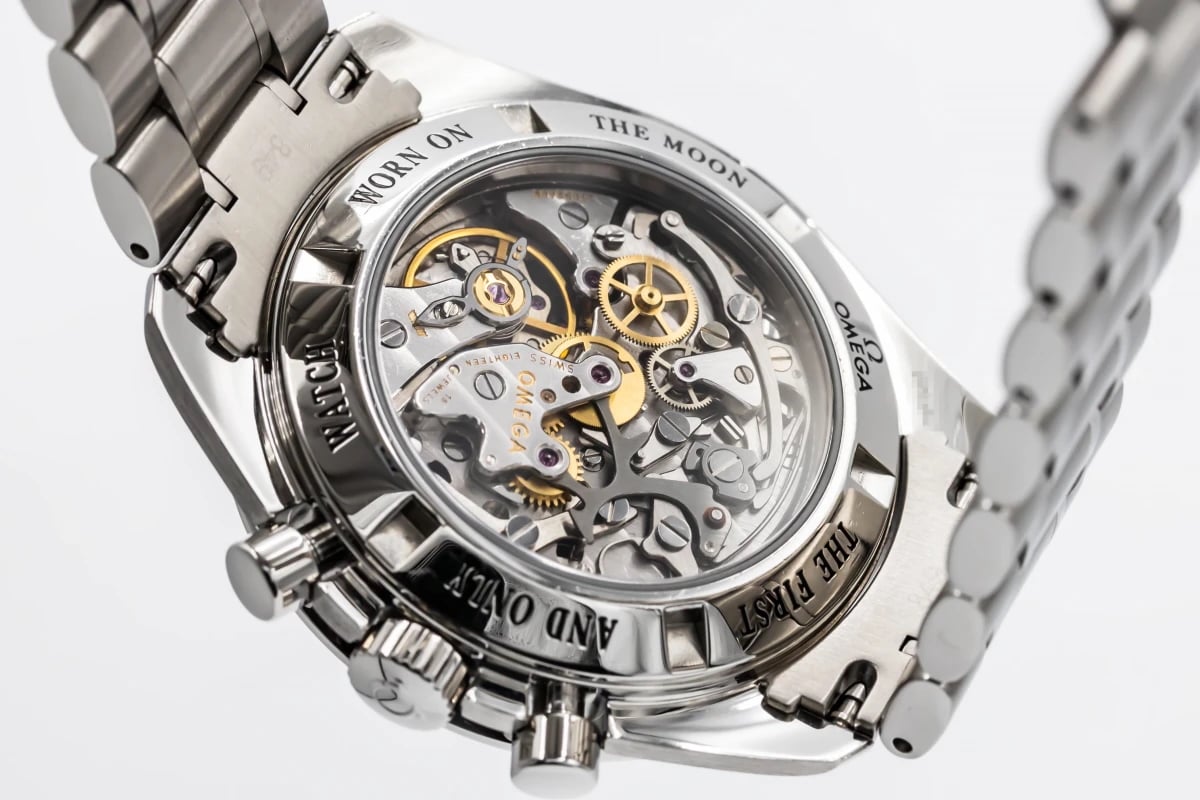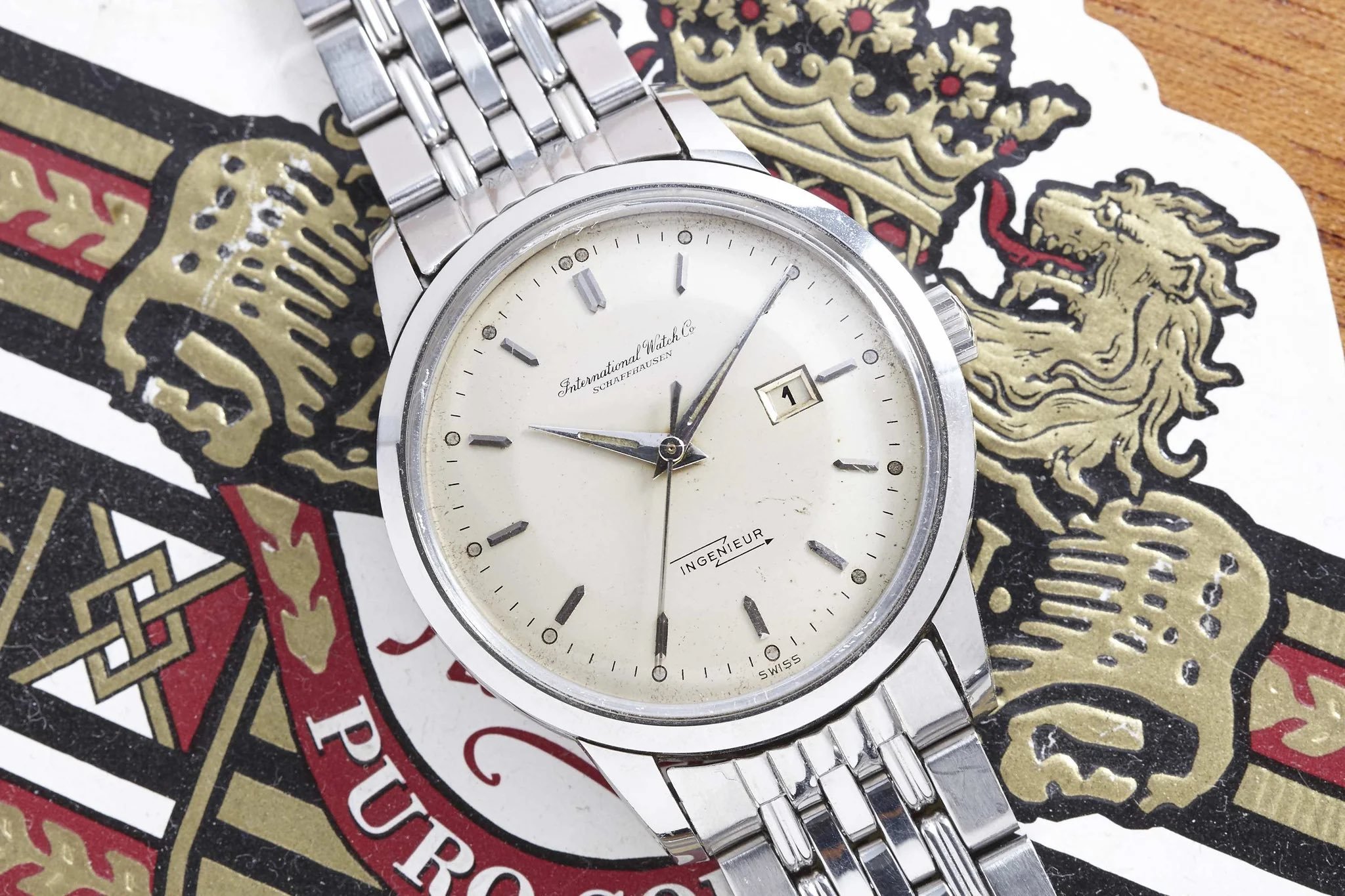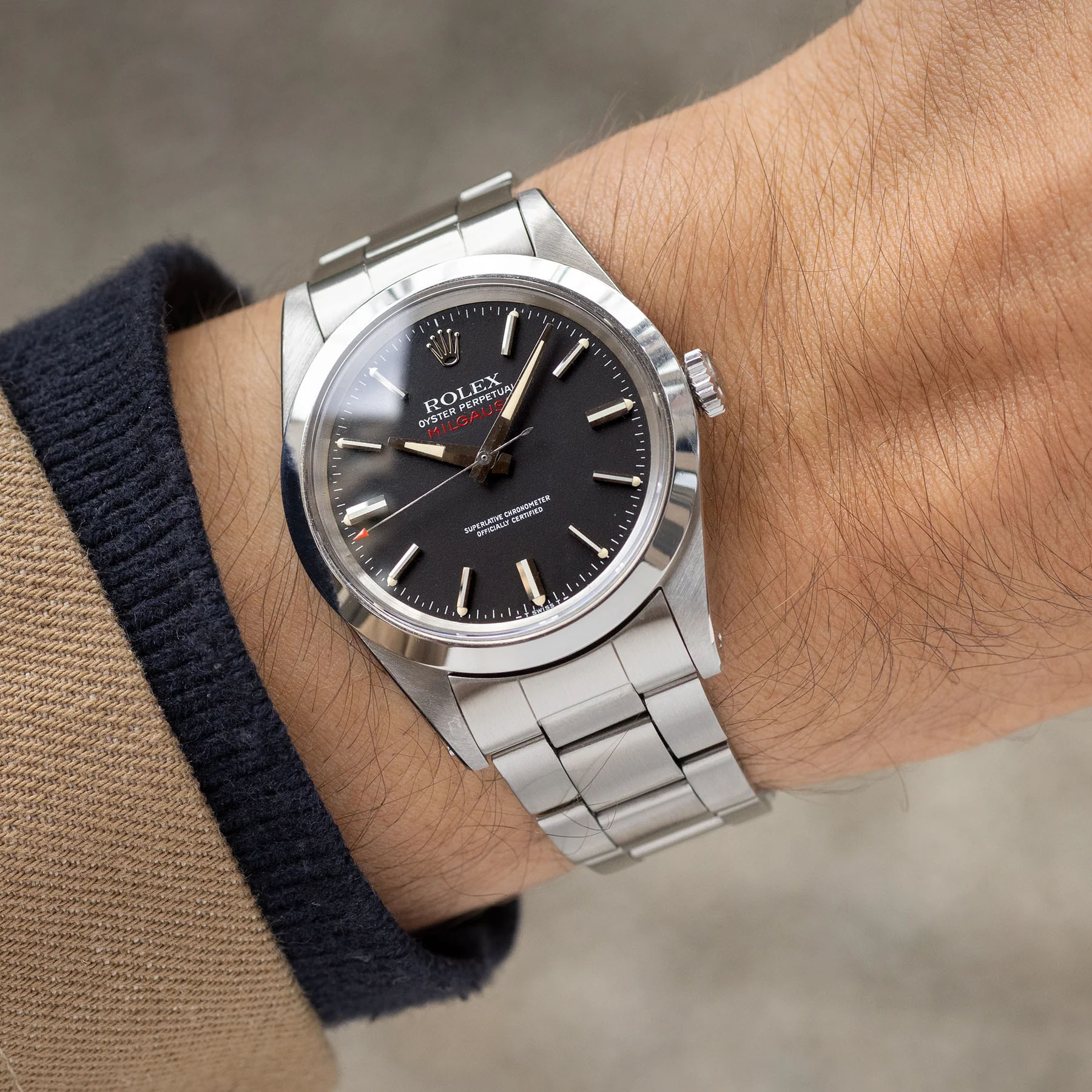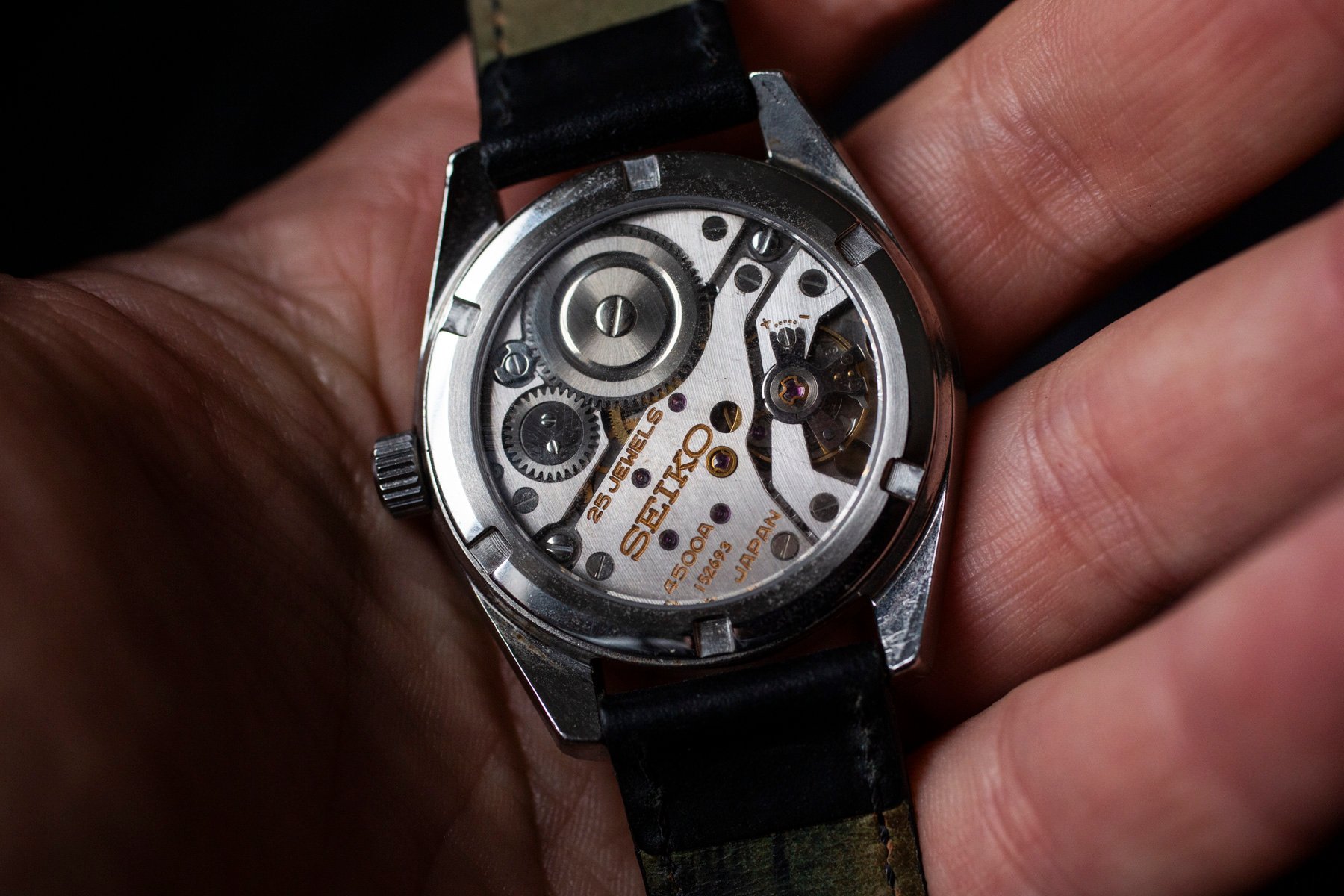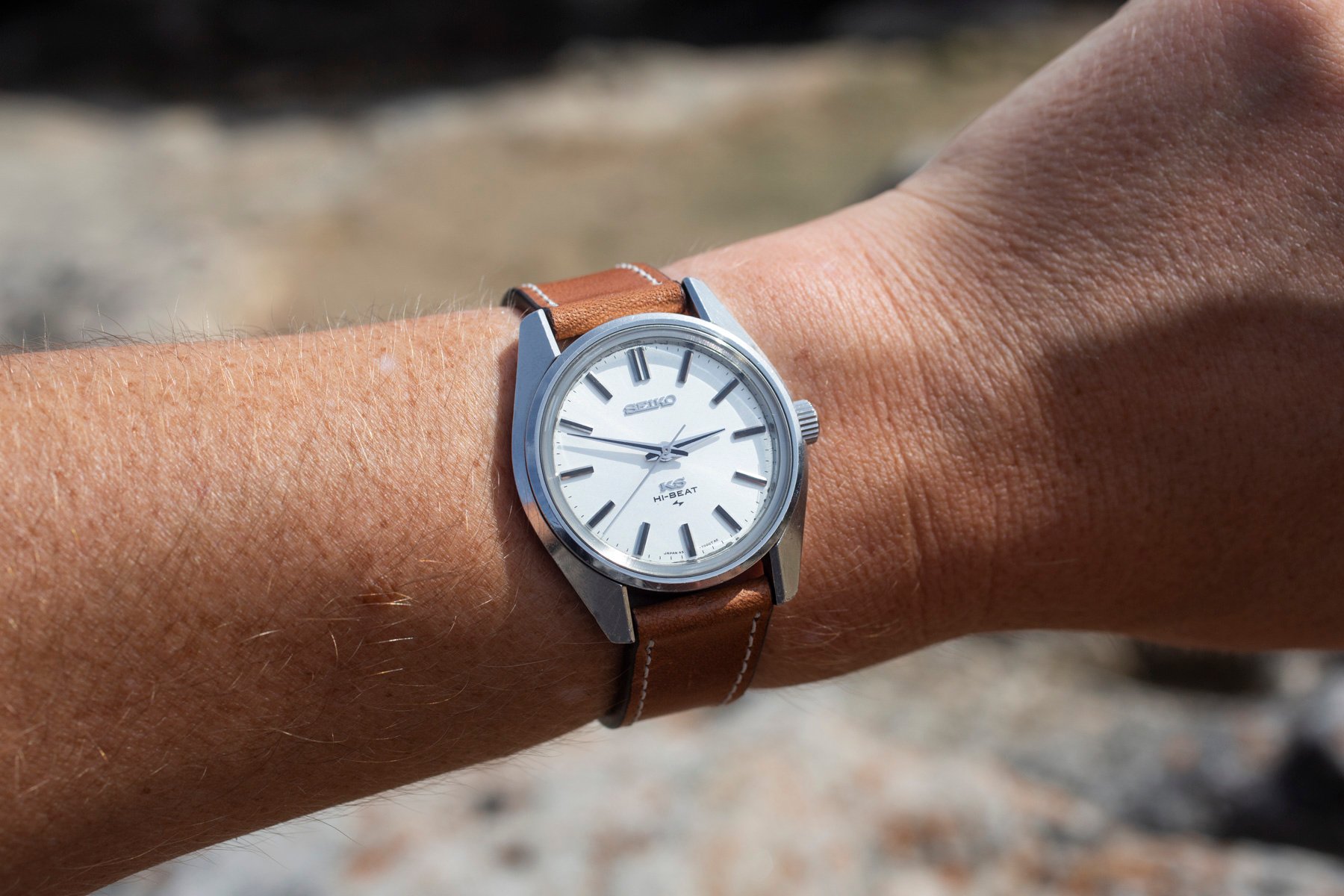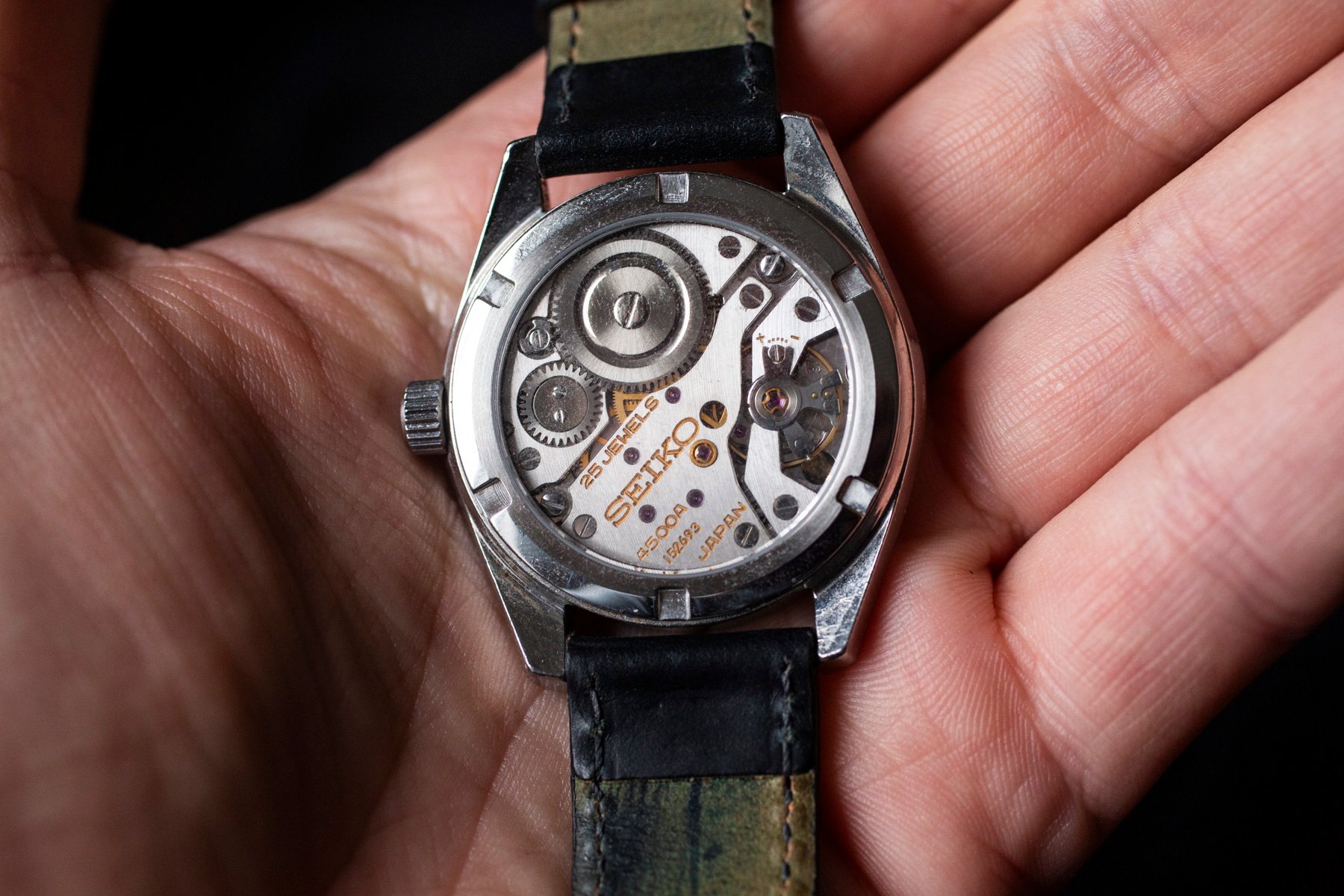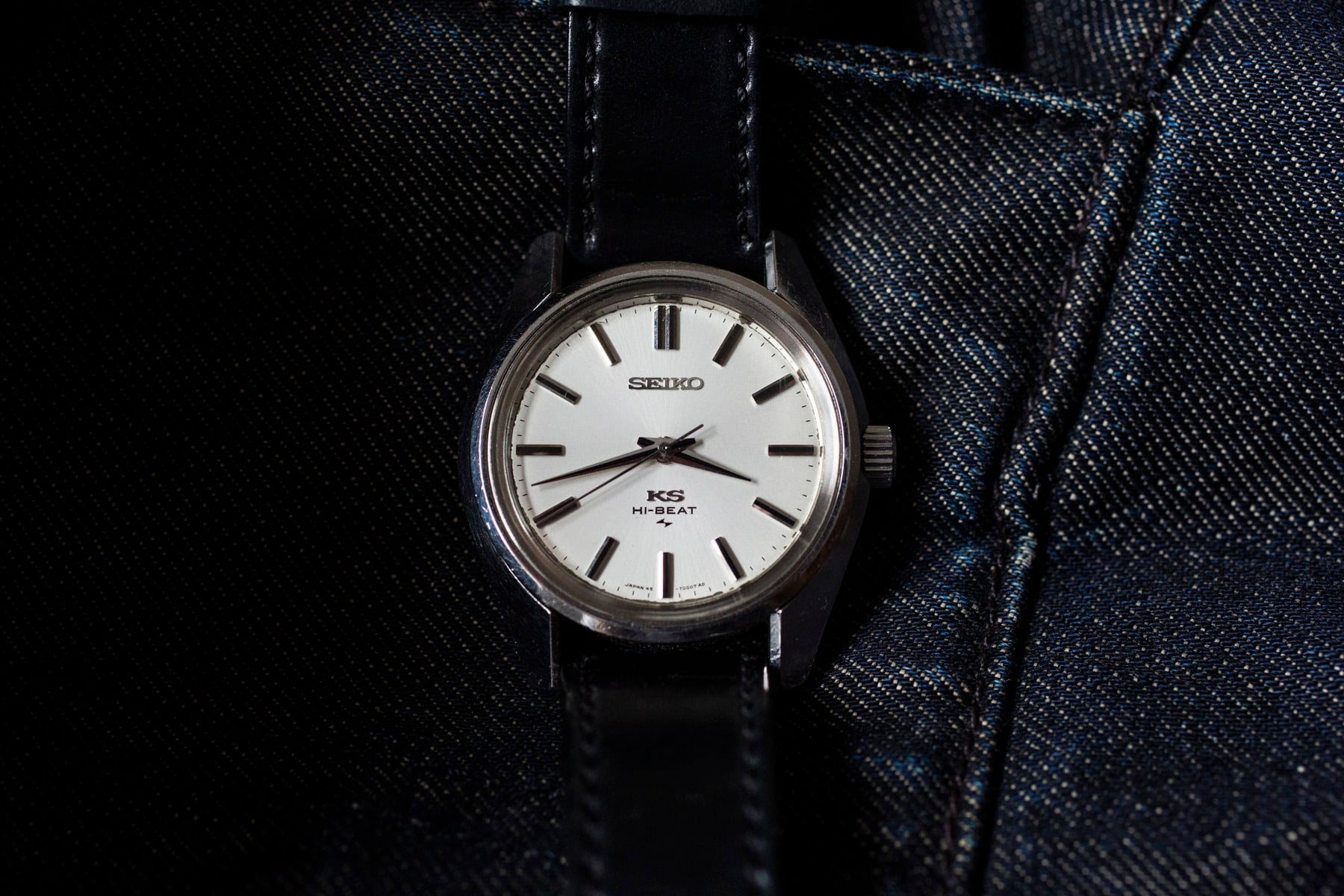Modifying Your Vintage Watch With A Sapphire Case Back
It will come as no surprise to our regular readers that I love vintage watches. Some of you may remember that I recently purchased a vintage King Seiko ref. 45-7001 45KS. Now, some months into owning that vintage King Seiko, I have decided to modify it with a sapphire case back.
After some research, I discovered a specialist shop, The Time Collective in Singapore, that sells sapphire case backs for vintage Seiko, Grand Seiko, and King Seiko watches. I fitted one to my 45KS, and today, I want to talk about why considering a sapphire case back for your vintage watch could be a great idea!
Why get a sapphire case back for a vintage watch?
Sapphire case backs are becoming increasingly common in the watch world. Once a rarer phenomenon, nowadays, it seems practically every other watch has a sapphire case back. Even the venerable Omega Speedmaster, a Fratello favorite, comes with either an all-steel case back or an optional display back.
There are multiple reasons why we are seeing more and more sapphire case backs. One of the major ones is that calibers are increasingly resistant to magnetism. Components that were once vulnerable to magnetic fields, which can interfere with timekeeping, can now be made in materials that are resistant to magnetic interference.
The evolution of antimagnetic watches
In the past, manufacturers took magnetic interference quite seriously. One of the most common ways to surmount the problem was the use of a Faraday cage. This usually meant a simple iron plate, which would sit above the movement, coupled with a dial made of a similar antimagnetic material. Examples of this include vintage IWC pilot’s watches, the Ingenieur, and the Rolex Milguass.
IWC still uses an iron cage within its Mark-series watches, even though this is now somewhat offset by the use of antimagnetic materials in the calibers. My neo-vintage IWC Mark XV and Pilot’s Chronograph 3706 also both utilize this technology. Sapphire glass, however, is a hard-wearing and tough material. Advances in this field have also made the use of sapphire as a material for the case back more relevant.
The case for a sapphire case back on a vintage watch
Resisting magnetism was one major reason that many vintage watches utilize an all-metal case back. Whether a vintage watch case is steel, gold, or some other material, chances are it has a matching case back. While many vintage watches have wonderful metal case backs, including my King Seiko 45KS with its gold medallion, it’s also a shame because many vintage calibers are renowned for their craftsmanship and beauty.
My King Seiko is no exception. As we can see, though relatively plainly decorated, the caliber is a wonderful thing to behold. Thanks to the new sapphire case back, this high-beat movement can now be seen ticking away underneath. It’s an absolute joy to watch this vintage caliber hum to life as I wind it up.
Another way of adding joy to your vintage-watch-wearing experience
There is something particularly nerdy about taking your vintage watch off to sit there and admire the caliber. But wouldn’t it be something to see the simple beauty of an IWC Cal. 89 or marvel at the craftsmanship in a vintage Patek or Vacheron? A quick Google search reveals multiple companies offering sapphire case backs for watches from different brands, including Rolex. Some even offer custom case backs for rare or obscure vintage timepieces.
There is one important thing to consider if you’re planning on adding a sapphire case back to your watch: you probably won’t want to take it near the water unless you’ve had it pressure tested after the new case back has been applied. While chances are slim that most people will take vintage watches swimming or diving, I do know some who do it (I’m looking at you, Jason Heaton).
Concluding thoughts
I’ve written in the past about the benefits of swapping watch straps to breathe fresh air into a vintage timepiece. It never occurred to me until recently that swapping out case backs was also a viable option! I would be curious to read about any readers’ experiences in making a similar modification and what watches they did it to.
What do you think, Fratelli? Would you make this modification to your vintage watch? If so, what watch would you do it to and why? The good thing is that if it doesn’t gel with you, you can always refit the original case back!

